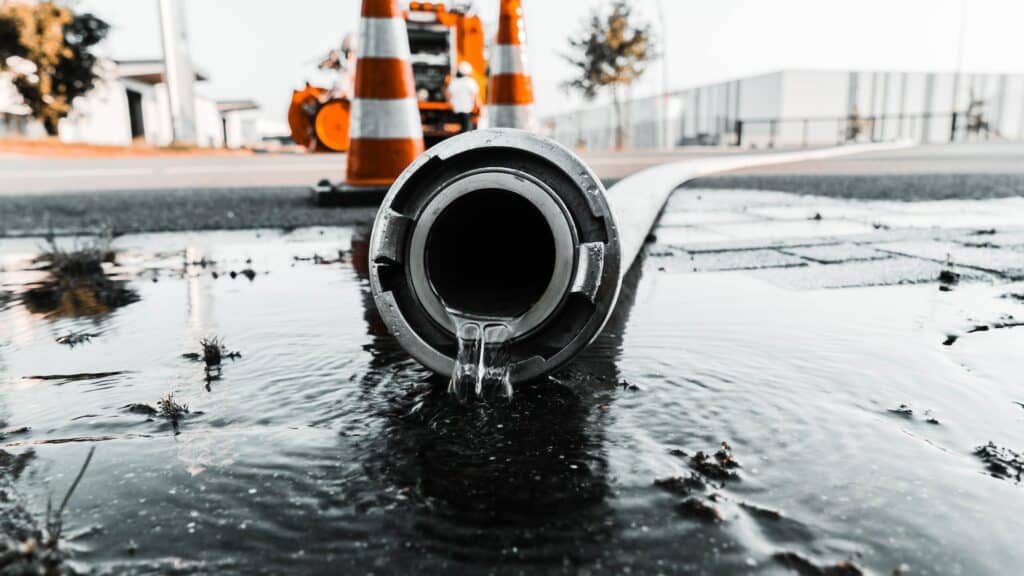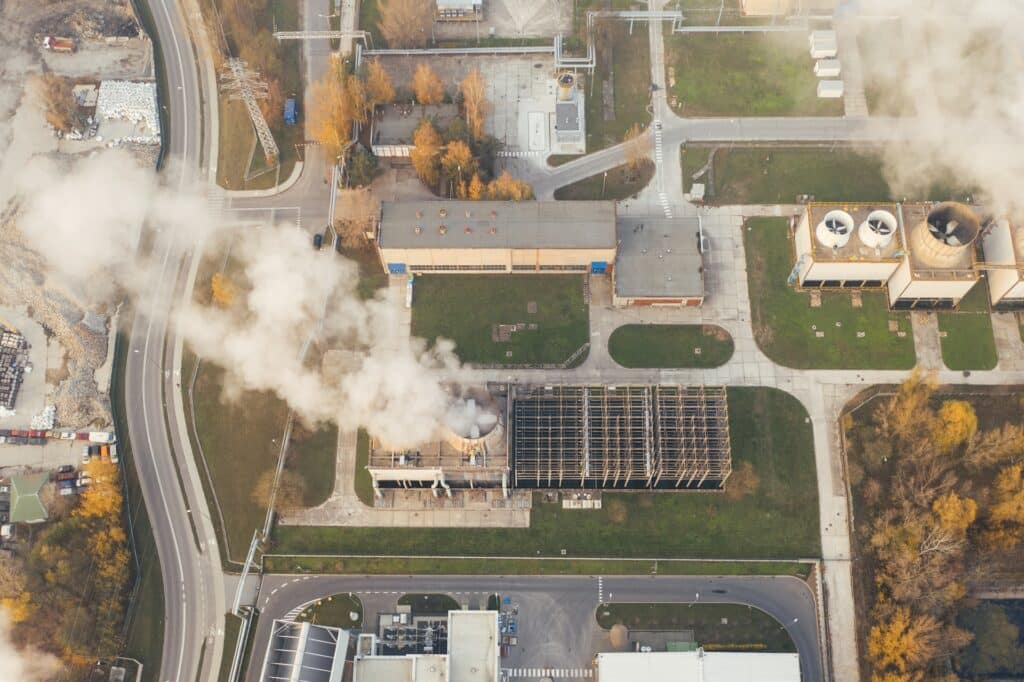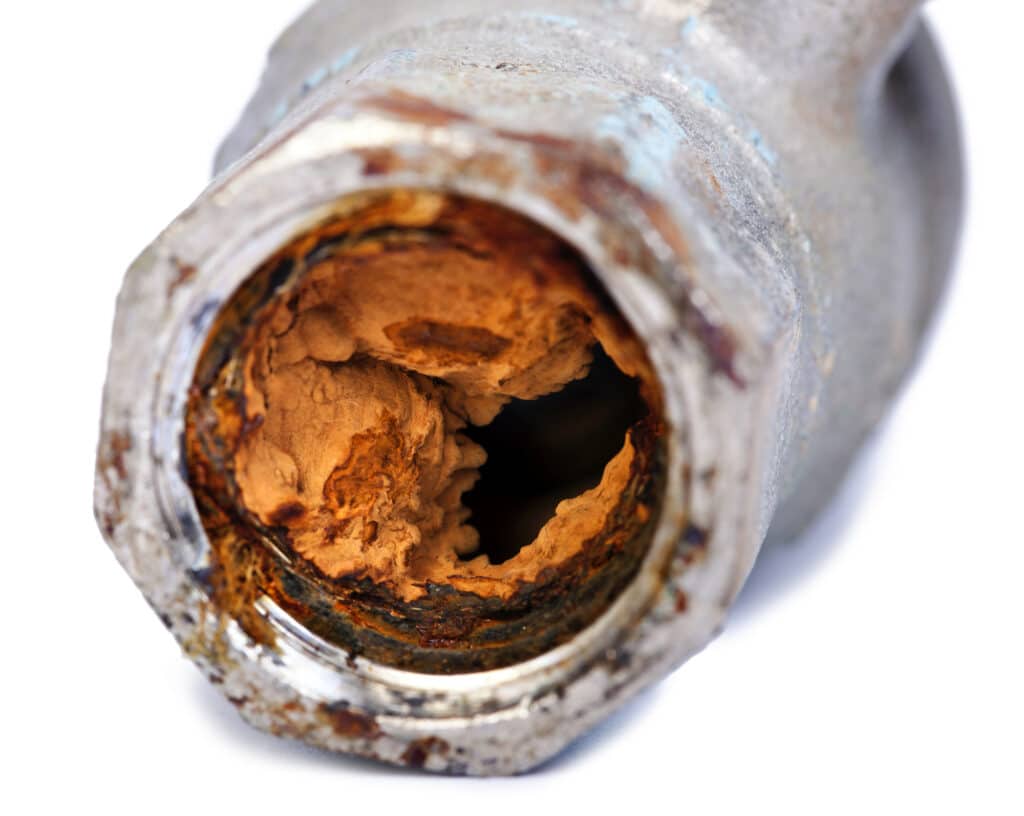Winter conditions as well as melting snow can put considerable pressure on the foundations of homes, which can lead to potential problems such as water accumulation, water infiltration and ground movement . It is therefore essential to take steps to protect and check this area of your home during this critical time of the year. Then find out how to do it and why it’s important to hire qualified professionals to inspect and repair them, to ensure the safety and durability of your home.
How can slush be dangerous for house foundations?
Melted snow can be dangerous to house foundations for many reasons. First, when snow melts and turns to water, it can seep into the ground around these areas, creating waterlogged soil. This can lead to an increase in hydrostatic pressure at their level. This force can cause cracks in the foundations, subsidence or deformation of the walls, which can compromise the stability of the structure of the house.
Then, snowmelt can lead to water pooling around the foundation if the meltwater does not properly drain away from the house due to clogged gutters, faulty drain pipes, or a bad slope of the ground. Accumulated water can seep into the home and cause problems with dampness, mold, wood rot, and other structural damage.
Finally, during snowmelt, the freeze-thaw cycle can cause foundation problems. Water seeping into cracks can freeze in cold weather, causing the ice to expand and make the cracks worse or create new flaws in the foundation. This repeated freezing and thawing process can cause additional damage over time.
What precautions should be taken to protect the foundations of houses during snowmelt?
It’s important to take steps to protect and check your home’s foundation during snowmelt. Here are some tips:
- Clear snow away from your foundation: When the snow begins to melt, be sure to clear accumulated snow around the structure of your home. Melted snow can turn to water and seep into the ground, increasing the hydrostatic pressure around your foundations. Use a shovel to push slush away and make sure the water drains away from the house;
- Check drains and gutters: Make sure your drains and gutters are clean and working properly. Gutters should be clear of any debris, such as leaves, branches, or ice, to allow water to flow freely away from your foundation. Also check that the drain pipes are in good condition and not clogged;
- Watch for signs of foundation problems: During snowmelt, watch for signs of foundation problems, such as cracks in the walls, doors or windows not closing properly, or sagging floors. If you observe such signs, it is important to have the entire area inspected by a qualified professional to assess the extent of the damage and take appropriate action;
- Avoid water pooling around the foundation: Water from melting snow drains properly away from the base of your home. You can use gutters to direct water properly or create natural slopes in your yard to prevent moisture from accumulating near the foundation;
- Check your foundation for leaks: Check for cracks and seal them with a cement or polyurethane sealant. Also, make sure basement windows and vents are properly sealed to prevent water infiltration.
Should you hire a professional to inspect and check your home’s foundation during snowmelt?
It is generally recommended to hire a professional to inspect and check the foundations of your home, especially during snowmelt. Here are some reasons why consulting an expert is a good idea:
- Damage Prevention: Snowmelt can cause potential problems for home foundations, such as water accumulation, water infiltration in basements, and stress exerted by the melted snow on the walls. A professional can inspect these areas for any signs of potential damage and take preventive measures to avoid potential problems;
- Technical expertise: Professionals have the technical expertise to accurately assess the condition of foundations. They can detect subtle signs of potential problems, such as cracks invisible to the naked eye, shifting floors, or drainage problems. They can also assess the stability and strength of the structures in your home, which can help you make informed decisions about any necessary repairs;
- Knowledge of local regulations: Regulations regarding foundations vary by region and municipality. A professional knows the local building codes and current building requirements, which can save you potential legal issues in the future;
- Insurance and Warranty: Hiring a licensed professional can provide you with insurance and warranty for the work performed. This can give you peace of mind knowing repairs are being done correctly and you’re protected should anything go wrong later.
Conclusion
To conclude, it is essential for the longevity and solidity of your house to check the foundations during snowmelt. These must be well protected and properly inspected.







About The Author: Cedric Pharand
More posts by cedric Pharand